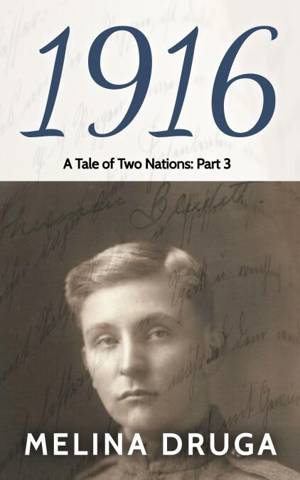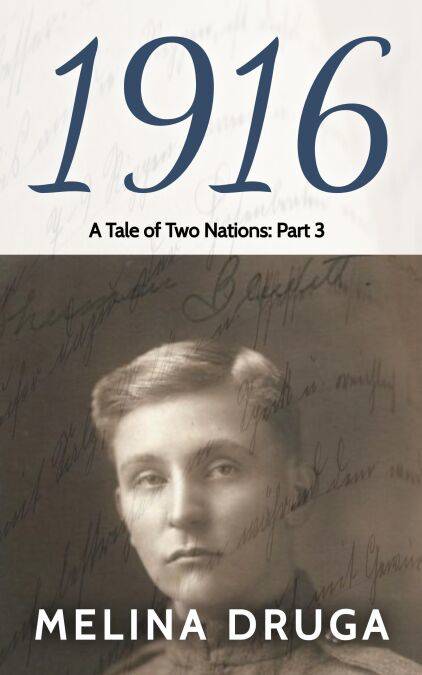
- Retrait gratuit dans votre magasin Club
- 7.000.000 titres dans notre catalogue
- Payer en toute sécurité
- Toujours un magasin près de chez vous
- Retrait gratuit dans votre magasin Club
- 7.000.0000 titres dans notre catalogue
- Payer en toute sécurité
- Toujours un magasin près de chez vous
Description
Drawing on contemporaneous accounts of the First World War from Canada and the United States, freelance journalist Melina Druga offers readers an insightful exploration of early-20th-century attitudes toward the conflict, in A Tale of Two Nations: Canada, U.S. and WWI.
The Battle of the Somme claimed more than 700,000 Allied casualties between July 1 and November 13, 1916. Among them were 24,000 Canadians. Additionally, 710 members of the small Newfoundland Regiment — then independent from Canada — were injured or killed on the first day of the offensive. Despite the high number of casualties and the Canadian Corps' lauded performance at Courcellette, Canadian newspapers largely ignored the Somme Offensive, leaving a huge gap in the journalistic record.
As war raged across Europe, the United States found itself preoccupied with homegrown violence. Although Democrats successfully renominated incumbent President Woodrow Wilson to the November ballot, business was far less smooth for Republicans and Progressives. Fights broke out between Progressive Party founder Teddy Roosevelt's supporters and detractors, and the Republicans' "America First" platform proved shaky, thanks to a disappointing delivery from keynote speaker Warren G. Harding.
Throughout the year, journalists in both countries favored domestic news over coverage of the European conflict. Little did they know that the war would soon grow too great to ignore.
1916 is the third installment of the A Tale of Two Nations series.
Spécifications
Parties prenantes
- Auteur(s) :
- Editeur:
Contenu
- Langue:
- Anglais
- Collection :
Caractéristiques
- EAN:
- 9781393881100
- Date de parution :
- 12-05-21
- Format:
- Ebook
- Protection digitale:
- Adobe DRM
- Format numérique:
- ePub

Les avis
Nous publions uniquement les avis qui respectent les conditions requises. Consultez nos conditions pour les avis.






